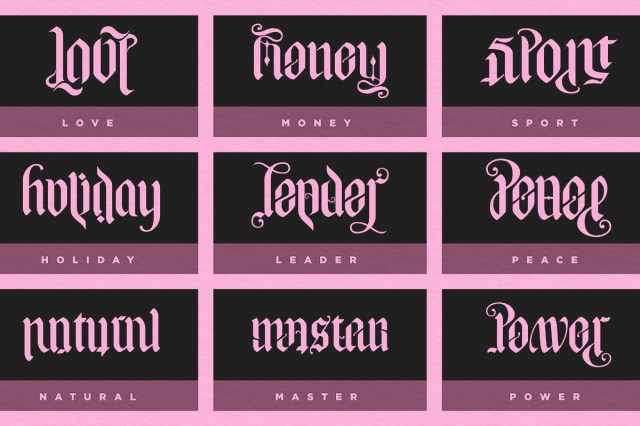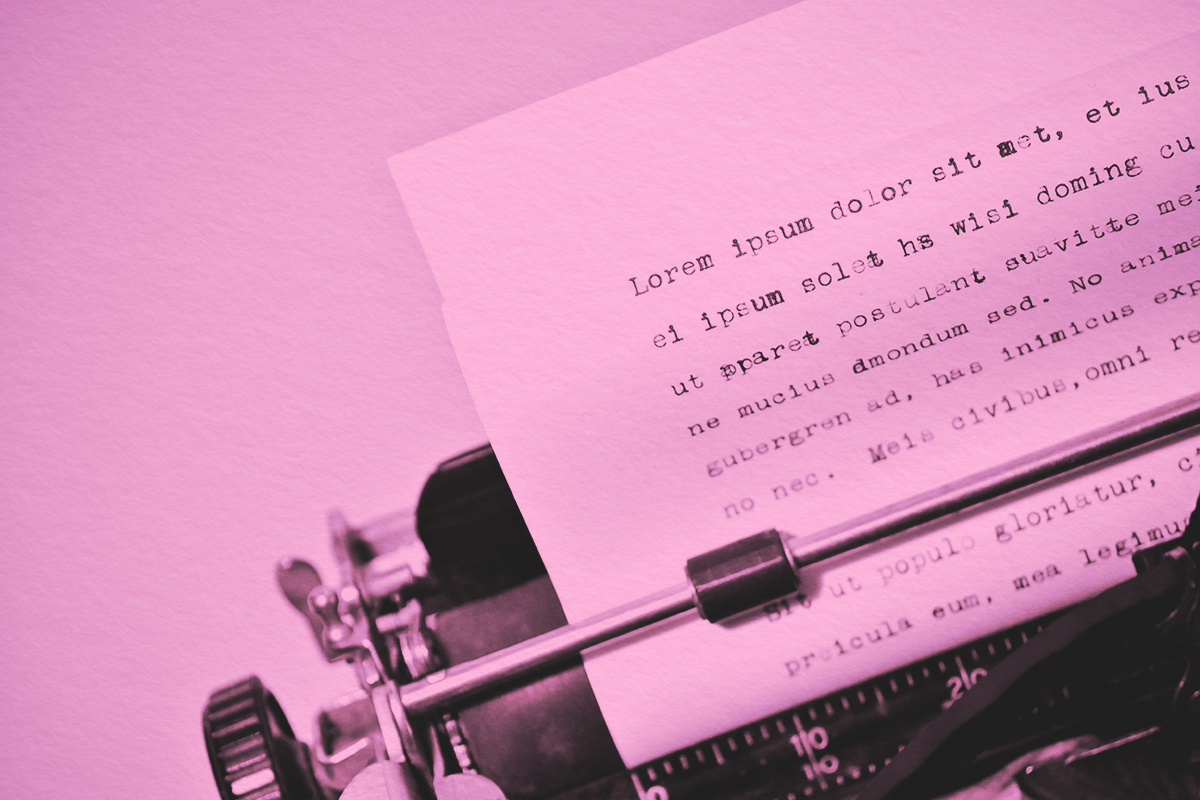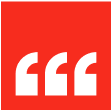
The book and film Angels & Demons follows Harvard symbologist Robert Langdon as he thwarts the sinister plans of the Illuminati secret society by decoding ambigrams. Ambigrams are typographical designs that can be interpreted in two or more ways, depending on their orientation. Langdon analyzes clues in the form of ambigrams that intertwine science, religion, and the secret society. The word “Illuminati” itself is presented as an ambigram in marketing images for the movie, its font designed in a way that can be read the same when flipped upside down. Ambigrams of the four elements (“earth,” “air,” “fire,” and “water”) also feature prominently in the film, which raises the question: Can anything be turned into an ambigram?
“Ambigram” comes from the Latin prefix ambi- (“both”) and the Greek suffix -gram (“drawing” or “writing”). This fusion of art and language turns into a format for calligraphers to create ambigrams from any word or phrase, but it isn’t without challenges. Even artist John Langdon, the artist who served as inspiration for Brown’s protagonist, struggled with designing some of the ambigrams used in the movie.
Langdon’s 1992 book, Wordplay: Ambigrams and Reflections on the Art of Ambigrams, popularized the linguistic trick and typographical design. His work examines various types of ambigrams, which can be read upside down, back to front, or in a mirror, depending on their design. Langdon manipulates symmetry, font, and visual perception to create his intricate designs. In Angels & Demons, the ambigrams serve as both visual puzzles and symbols of the duality of secret societies.
Not all ambigrams require such contortions — some occur naturally in English. The words “suns,” “yeah,” “dollop,” and “swims” remain readable upside down (perhaps depending on the font or legibility of the handwriting). Others create new words when flipped (still qualifying as ambigrams) — take a look at “WOW” and “MOM.” Still, artists take creative license to turn all sorts of words, phrases, and abbreviations into ambigrams in logos and artwork, making designs more engaging or memorable. Whether in literature, film, or marketing, this intersection of design and language continues to inspire.

















